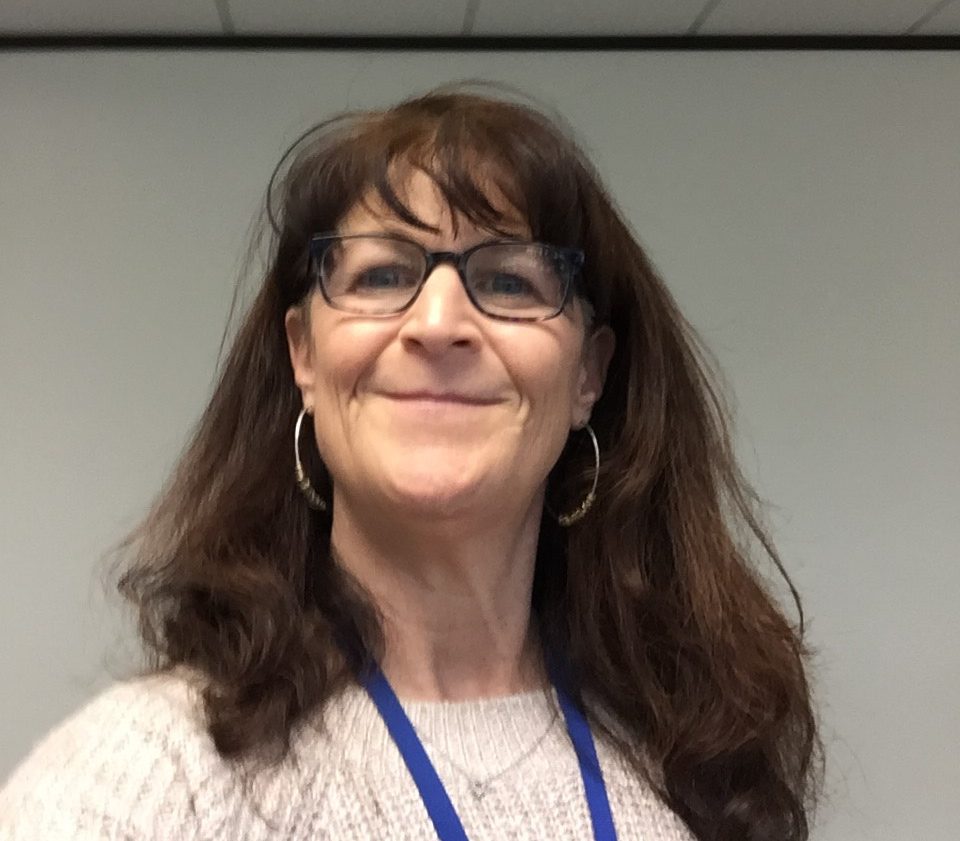In Britain, saving money was the most popular New Year’s resolution for 2020, followed by losing weight and getting fit. In the U.S., it was a tie between eating healthier and improving one’s financial situation.
Studies show that less than 25 percent of people remain committed to their New Year’s resolutions after just 30 days. If you are one of those who has gotten off track, don’t give up. Simone Horvitz, a National Board Certified Health & Wellness Coach at Workplace Options, says that course corrections are an expected part of the process. She should know, as helping people reach their goals is her specialty.
Horvitz provides telephonic coaching to employees as part of their employer’s employee wellbeing benefit. Prochaska’s transtheoretical model of change is one of the methods Horvitz utilizes in helping employees reach their goals. This method begins with the precontemplation stage, which is the period in which an individual has no desire to change and may be unaware that a change would be helpful.
The second stage, the contemplation stage, begins when people begin to contemplate whether or not they want to make a change. They consider the pros and cons and weigh out the costs and benefits of making a lifestyle modification. According to Horvitz, this stage can last months, even years, for some people. Most of her initial calls for support are from people either in this stage or the one that follows.
“Part of my job as a coach at this stage is to help people identify their reasons for wanting to reach their goals,” explains Horvitz. “An individual might know why it’s important to his spouse or doctor to make a change, but lacks his own reason. In those cases, we focus on identifying what is valued and exploring the potential impact the change could have on what is valued most.”
Horvitz shares, as an example, the case of a woman who was incentivized to quit smoking by her employer. If she quit smoking and remained tobacco-free for one year, her health insurance premium would be reduced. The woman knew her company wanted her to quit because it would result in cost savings. She knew her doctor wanted her to quit because he was concerned about her heart. However, what mattered most to the woman was being healthy enough to attend her grandchild’s graduation. Throughout the tobacco cessation process, whenever she was tempted to give up, the woman remained motivated by anticipating how wonderful it would be to attend her grandchild’s graduation.
Once an individual has identified a personal motivation for change and is determined to move forward, the preparation stage begins. Horvitz provides guidance as the individual designs a plan that is made up of meaningful steps that are manageable, measurable, and connected to the personal values identified during the contemplation stage. For example, for someone who wants to start running after work, setting out running gear the night before could be an action step. If the goal is to find a new job, an action step could be updating one’s resume.
During stage four, the action stage, Horvitz provides encouragement and support while the individual puts the plan into place. She is there to provide accountability and help individuals identify what is working well and what is not.
“I really emphasize that the action stage is a win-learn process, not a win-lose one,” explains Horvitz. “Setbacks are not viewed as failures, but rather just part of the journey.”
According to Horvitz, it’s important to note that the five stages are fluid. Individuals at the action stage may find themselves needing to go back to the preparation stage or contemplation stage, perhaps multiple times. This is recognized as progress rather than defeat, because the individual is still making steps towards the ultimate goal.
The final stage is the maintenance stage. The goal at this final stage is to help the participant achieve self-sufficiency—the ability to remain on track without the support of a coach. In addition to discussing potential pitfalls and long-term strategies, Horvitz challenges individuals to think through questions like who will provide ongoing accountability when coaching ends and what resources are available when setbacks occur.
“The entire cycle can be compared to a road trip,” explains Horvitz. “You begin by determining where you want to go and why, similar to the precontemplation and contemplation stages. You get started on your way, like in the action stage, but you periodically stop at gas stations and rest stops along the route. These stops allow you to see how far you have come, prepare for the next leg of the trip, and re-evaluate your final destination to confirm you are still interested in going there. Along the way you may face a detour, but that doesn’t mean you need to head back home. It just means you need to find another route leading to your destination.”



































